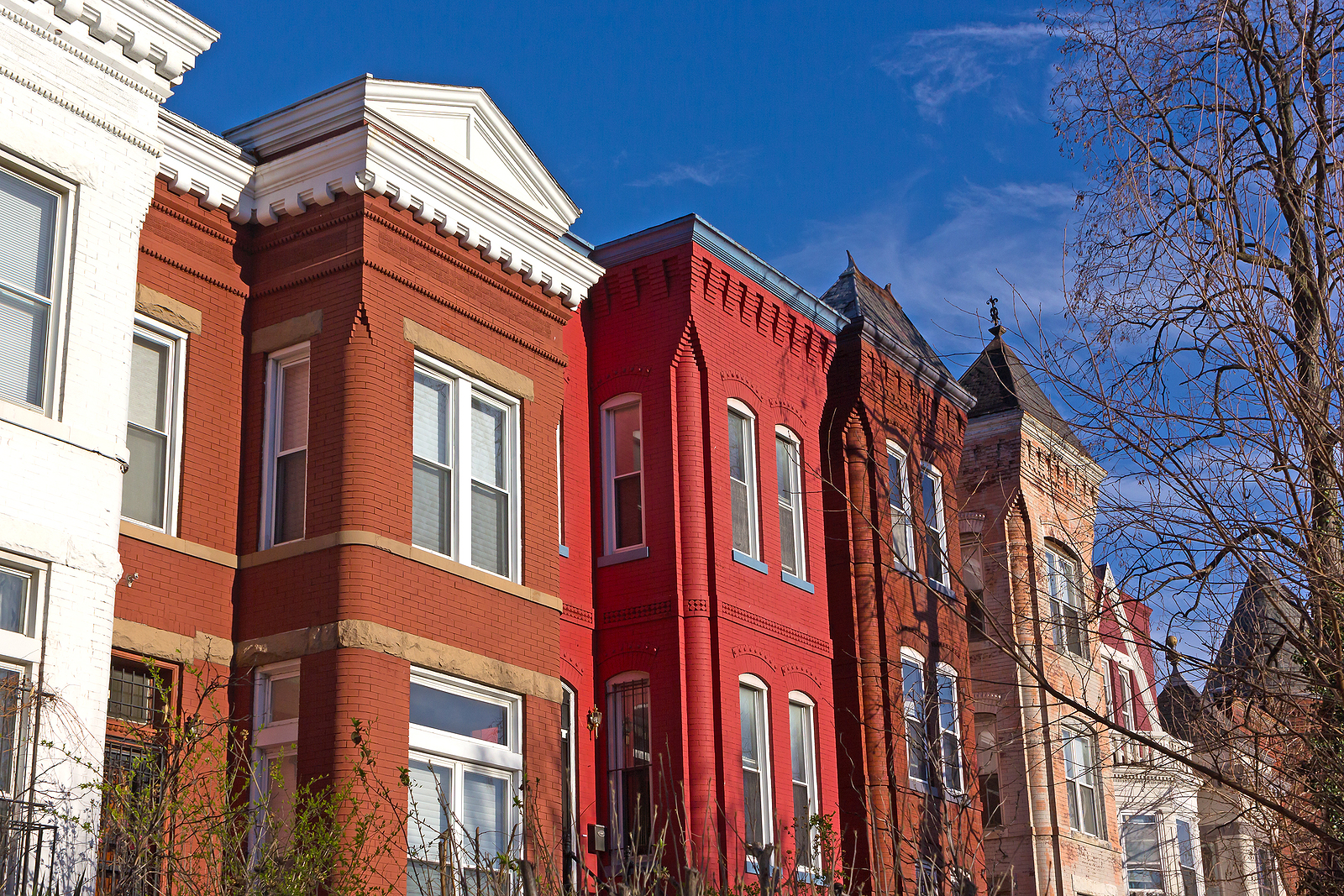The brick buildings that line the streets of Washington, D.C., tell a story that spans centuries. Each rowhouse, church, and public building is a product of its time, down to the way its materials were made. Understanding how bricks were produced and used throughout D.C.'s development is essential for accurate restoration. This knowledge allows experts to match materials effectively and maintain a home's original character.
Handmade Bricks in Early Washington (1700s–Early 1800s)
In the city's early years, bricks were made by hand using local clay. They were typically formed in wooden molds and left to dry before firing. Due to the manual process, these bricks vary in shape and color. Tool marks or even fingerprints can still be seen on some bricks from this period.
Buildings from the Federal era in neighborhoods like Capitol Hill and Georgetown often contain these original bricks. Proper restoration of these structures requires a detailed understanding of early brick making techniques.
Mechanized Brickmaking in the Industrial Era (Mid-1800s–Early 1900s)
The Industrial Revolution introduced steam-powered machinery to the brickmaking process, increasing efficiency and consistency. Bricks produced during this time were more uniform in size and appearance. Controlled firing processes resulted in improved strength and durability.
As D.C. grew, homes built during the Victorian era and into the early 20th century used these standardized bricks. They are commonly found in areas like Shaw, Bloomingdale, and Petworth.
The Manufacturers Behind the Materials
The expansion of Washington, D.C., spurred demand for brick, and several local manufacturers met that need. Companies such as the Washington Brick Machine Company, West Brothers Brick Company, and United Clay Products operated major brickworks.

Some bricks from these firms were stamped with maker's marks, often visible on the indented side. These stamps help date the bricks and identify their origin. With this knowledge, it's much easier to guide restoration techniques and make informed decisions about materials.
What You Can Learn from Your Brickwork
Brick patterns can indicate a building's age or construction method. English bond and Flemish bond were typical in the 18th and 19th centuries, while running bond became more common with mass-produced bricks.
Other indicators include texture and color. Handmade bricks generally appear rougher and more varied in tone due to differences in clay and firing temperatures. Machine-pressed bricks are smoother, with consistent coloration and sharper edges.
Matching Historic Brick During Restoration
Finding replacement bricks that match the originals can be challenging. Differences in color, size, and porosity affect both appearance and performance. Incompatible replacements may cause further damage over time.
To get it right, the original materials must be evaluated on-site, followed by a collaborative effort between the historic brick experts and the suppliers to find compatible options, ensuring that the repairs blend well visually and will age similarly to existing brickwork.
Expert Brick and Masonry Restoration Services in D.C.
Homes in historic neighborhoods like Capitol Hill, Georgetown, and Mount Pleasant require restoration methods suited to their specific era and materials. Renaissance Development works exclusively with historic brick, bringing years of specialized expertise to each project.
Our approach focuses on preserving architectural authenticity while ensuring long-term stability. Whether your home contains hand-formed 18th-century bricks or early machine-made products, our team uses traditional methods tailored to the building's original construction.
Contact Renaissance Development to schedule a consultation and learn how we do our part to preserve D.C.'s historic homes through precise, informed masonry restoration.






